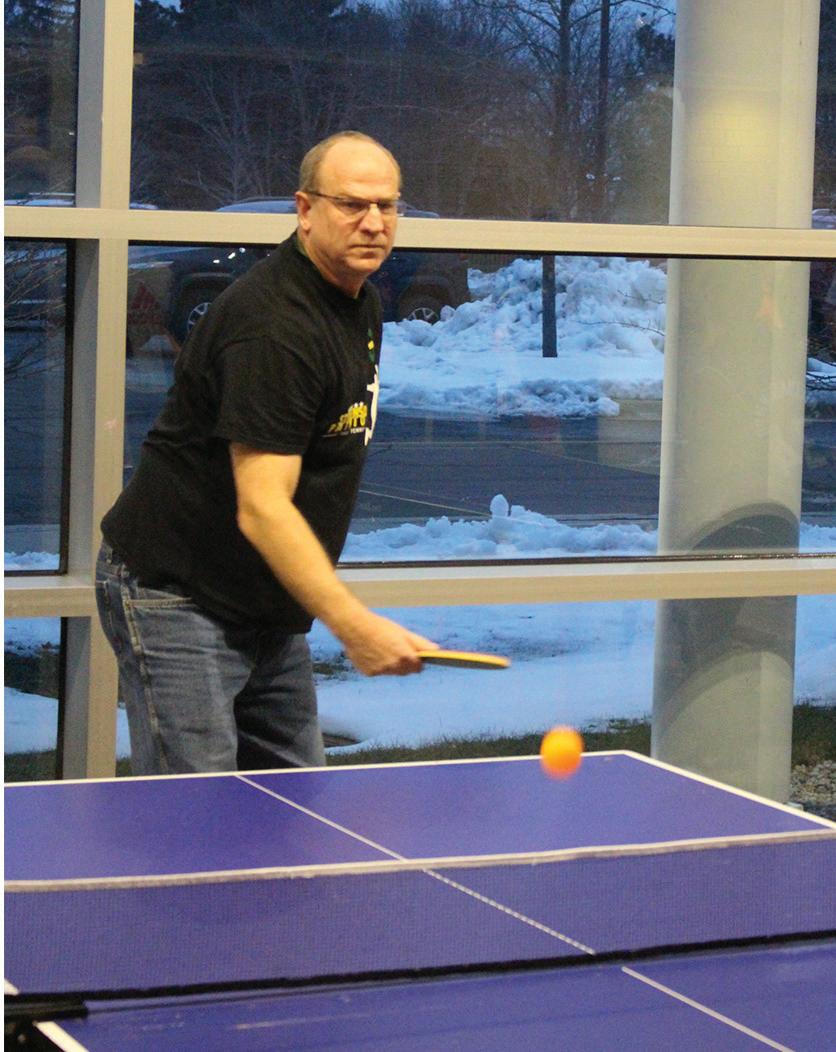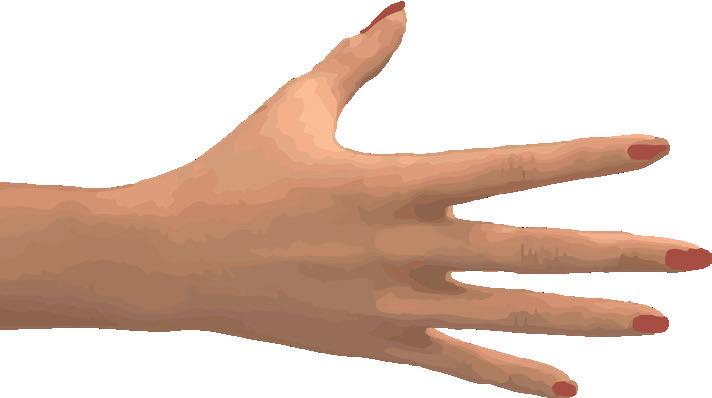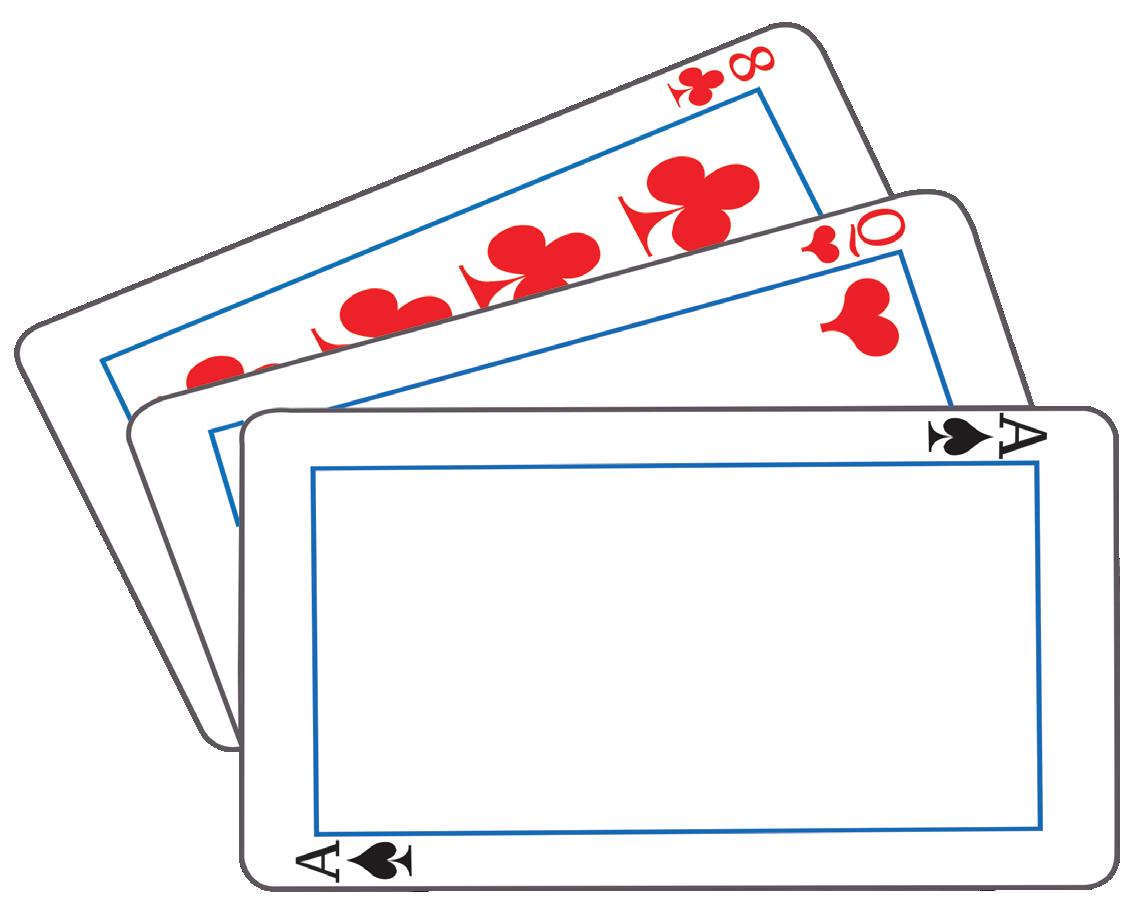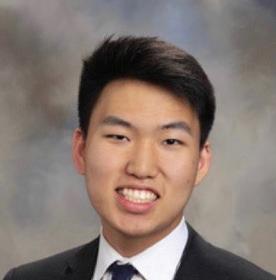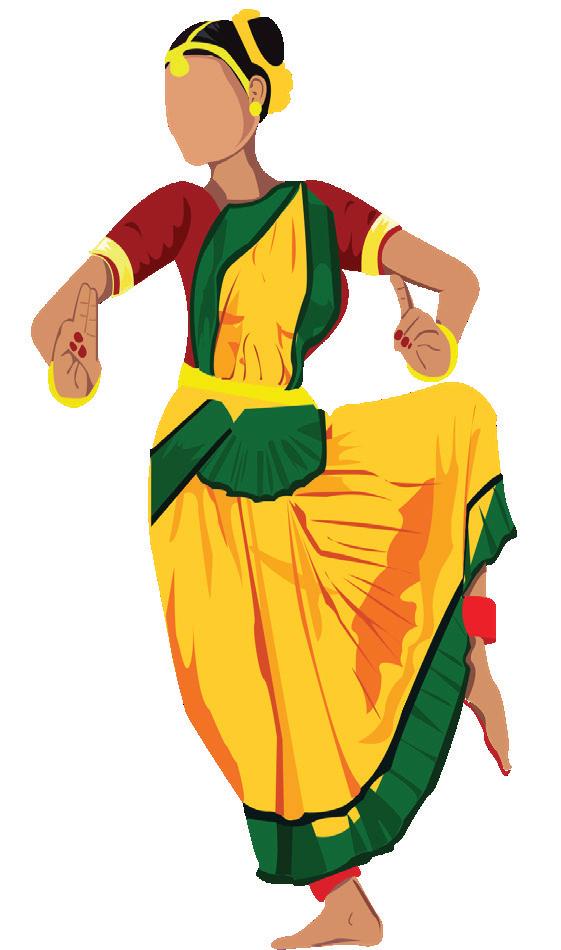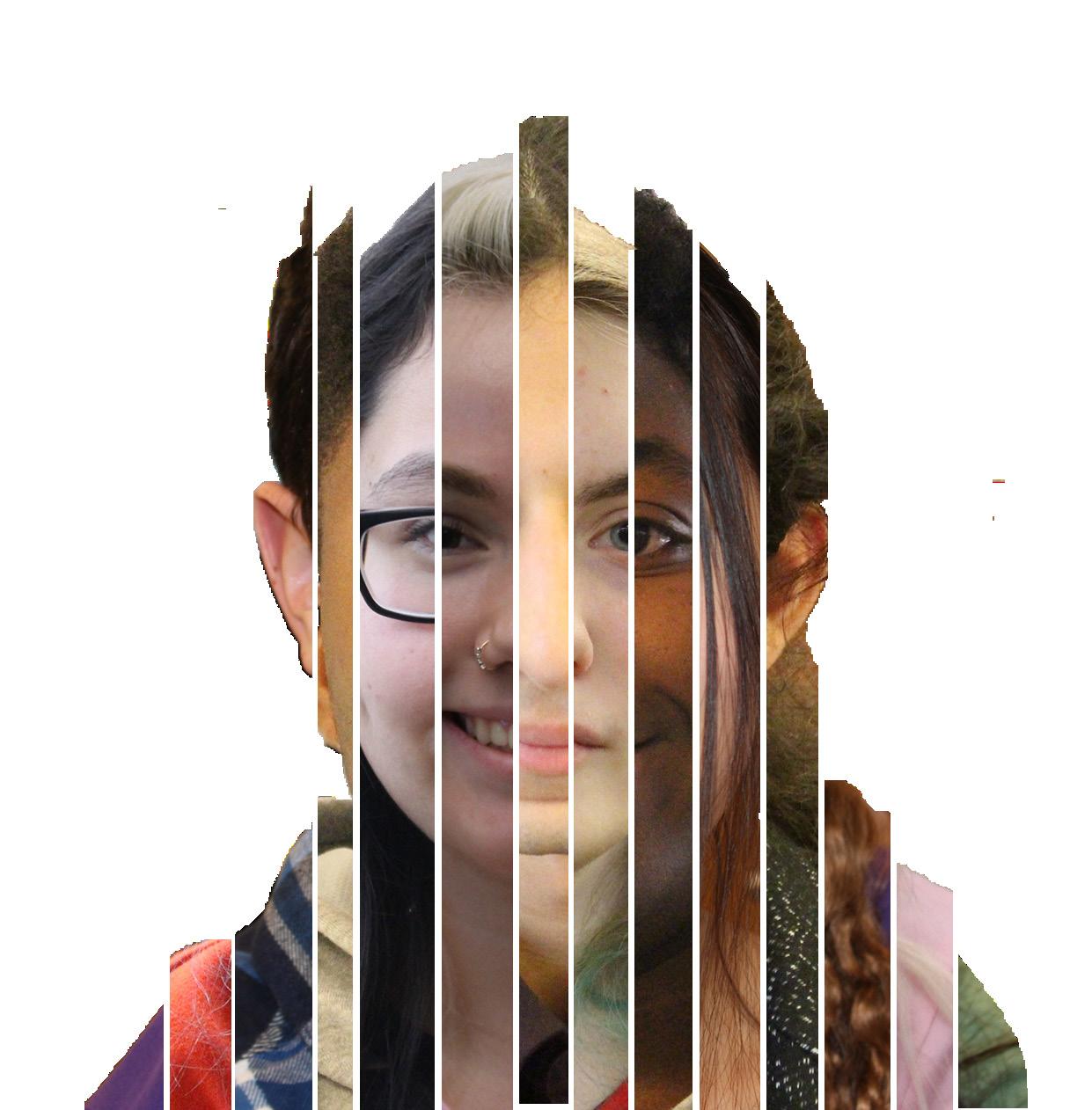
4 minute read
Stevenson Representation
F r o m M a n y . . . O n e
At Stevenson, diversity fourishes with help of students, staff, clubs
Advertisement
As Akshita Cheruku ’20 strolls through lunchtime in the Wood Commons, she encounters phrases of diferent languages and diverse groups of fiends assimilating under a medley of unique fags fom the United Nations swaying above their heads.
As a leader of Fostering Intercultural Respect and Empowerment (FIRE) Club, Cheruku carries a distinct appreciation for the cultures
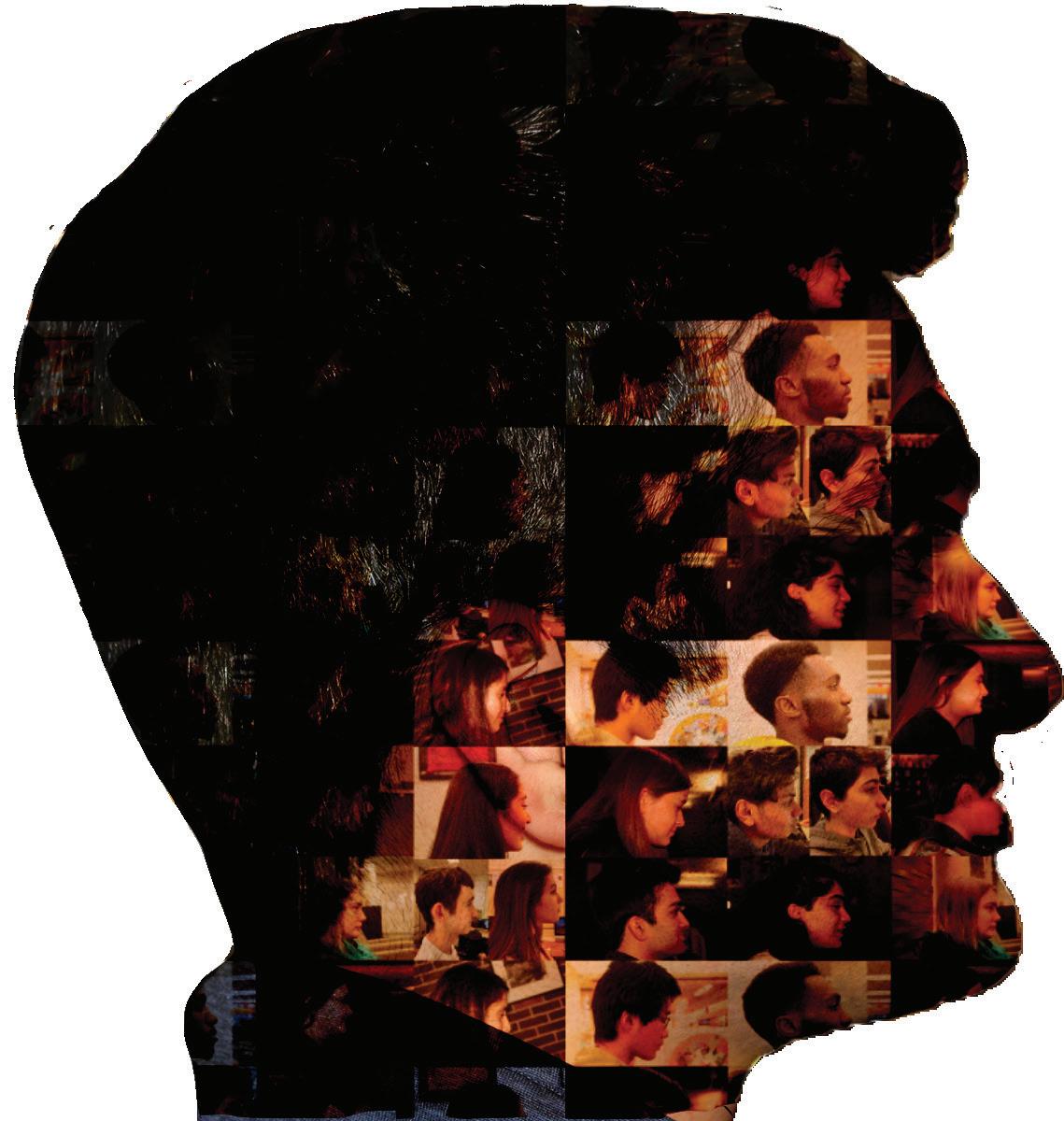
represented at Stevenson.
“Compared to other neighboring schools, I think Stevenson is more diverse in numbers,” Cheruku said. “In a school with over 4,000 students, we might not see this diversity fom time to time due to our tendency to isolate ourselves. However, slowly, Stevenson is becoming more and more diverse, and this provides us with a greater opportunity to get to know each other and build ourselves into more aware individuals.”
At Stev e n s o n , d i ve r s it y lies in every corner of students’ lives. With m o r e t h a n 1 0 0 clubs
available, there are lots of cultural, academic and social outlets for students to get exposed to people fom various cultural and ethnic backgrounds.
Like Cheruku, Dylan Chae ’20 appreciates the myriad of cultures that grace the halls of Stevenson day in and day out. As Diversity Council’s World’s Fair Director, he feels it is imperative to preserve cultural respect as well as reduce stereotypes against ethnic groups.
“Certain groups of people at Stevenson may be dealing with diferent things,” Chae said. “For example, in my Asian-American community, mental health is way overlooked, so it’s something to keep in mind.”
Additionally, Chae explained that Diversity Council helps foster connections via events such as Fast-AThon and The Forum, an event that allows students to voice their political concerns through discussion. Chae feels that Stevenson’s eforts in unifing students and faculty are “good enough” yet he hopes that the Stevenson community can further embrace all of its diverse groups without ofending any specifc group.
As part of FIRE, Cheruku has been working towards the goal of recognizing and minimizing the occurrences of microaggressions, or passively discriminatory behaviors based on prejudiced mindsets, that ofen impact targeted subjects. Examples include associating certain groups with superior skills in a subject or even mocking others’ accents and dialects.
“Microaggressors don’t explicitly state their prejudice, but rather say
their hurtful opinions in a more passive manner,” Cheruku said. “This can be tricky to deal with since we can get judged for feeling ofended and become discouraged to speak up for ourselves.”
Teachers may also microagress, such as mispronouncing names without consideration, causing students to feel as though their culture was misrepresented or even disrespected. Still, instructors play a role in students’ experiences within the classroom settings. Their very ethnicities can allow students to forge a sense of belonging and connection.
Ken Latka, Stevenson’s assistant principal and Diversity Council sponsor, said the administration tries to ensure that the demographics of Stevenson’s vast student body are refected in the teachers that many students look up to.
“Our entire administration is working hard on equity, race, and diversity issues as we try to hire staf that represents our students,” Latka said, citing the eforts of Stevenson’s human resources department.
However, Stevenson’s teacher demographics have not changed signifcantly. According to the Illinois Report Card, the white teacher population at Stevenson has dropped 4% in the last 9 years, fom 95.6% in 2010 to 91.6% in 2019, in comparison to the black teacher population remaining around the same level at 1% and the Asian teacher population growing by 2%, to 4%.
Nonetheless, Stevenson’s administration is taking steps towards a more diverse staf. As a new Steven
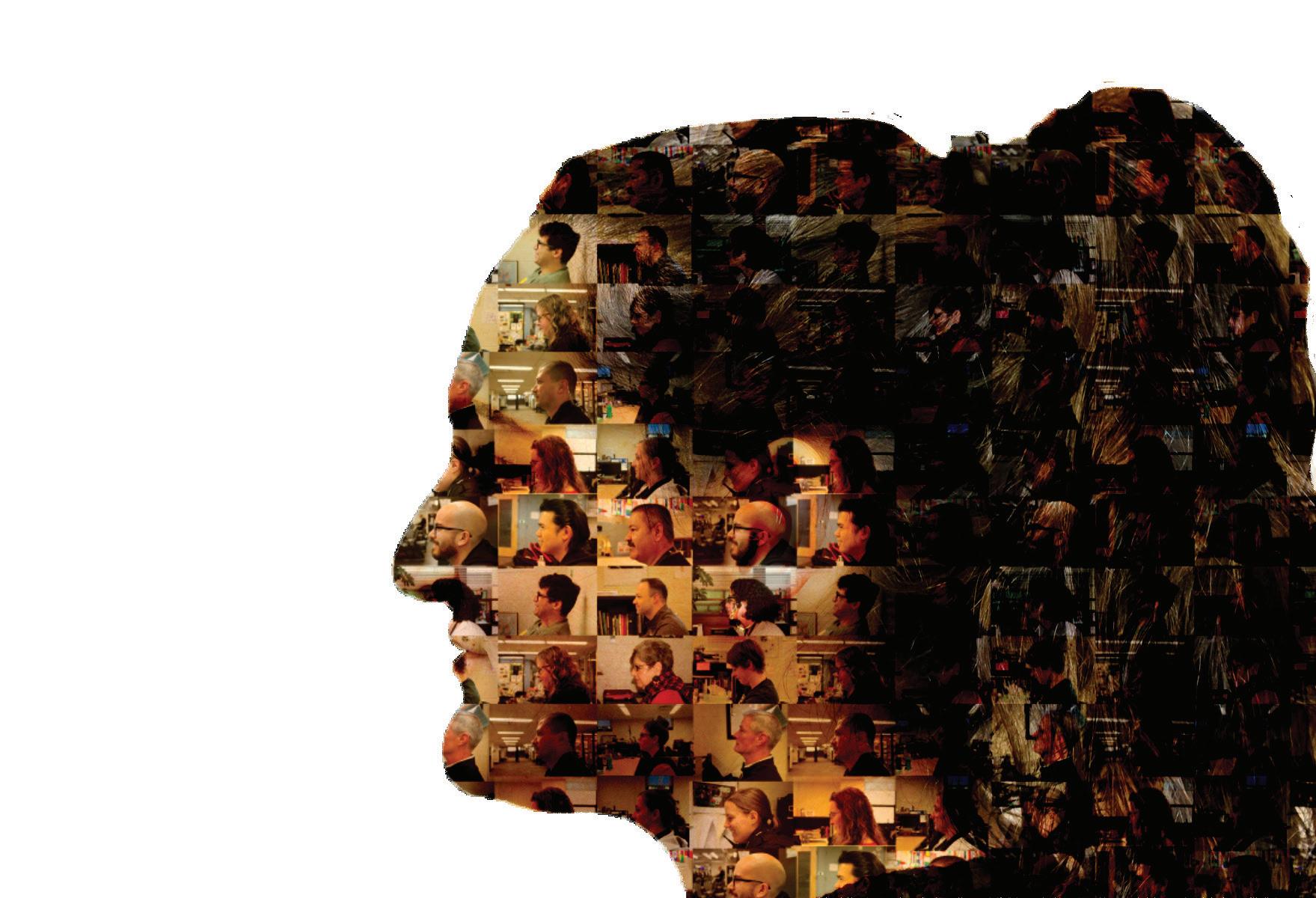
son counselor with a childhood upb r i n g i n g r o o t e d in India, J a i s o n Var - ghese feels t h a t d i - versity for both facult y and s t u de nt s is strongly considered by the administration.
“I think the administration does a great job of keeping in mind the diversity of our student population when hiring new staf,” Varghese said. “For example, when I joined the school this past year and came for my orientation, I was very impressed and excited to see the diversity of the new staf. This is defnitely encouraging and assuring, especially for someone like me who grew up in a multicultural community in India.”
Ultimately, those who make up both the Stevenson student body and faculty aspire for it to be a place where diferent groups come together and coexist—a concept that is continually pursued despite the more than 5,000 diferent identities that inter- mingle at campus each and every day. “In the end, we’re all very similar,” Cheruku said. “When it comes to diversity, it’s important to notice the diferences that exist between us all, but it’s even more important to fnd our similarities and embrace each other’s diferences during our time at Stevenson. In order to get to this spot, we all need to be brave enough to express who we are and continue to be curious of others’ views and personalities.”
WRITTEN BY: OLIVIA HAN , BRADLEY LOCKER, PAULINA ORNATSKY DESIGNED BY: GREYCEN REN, OJASVI SAXENA, CAIMIN XI

